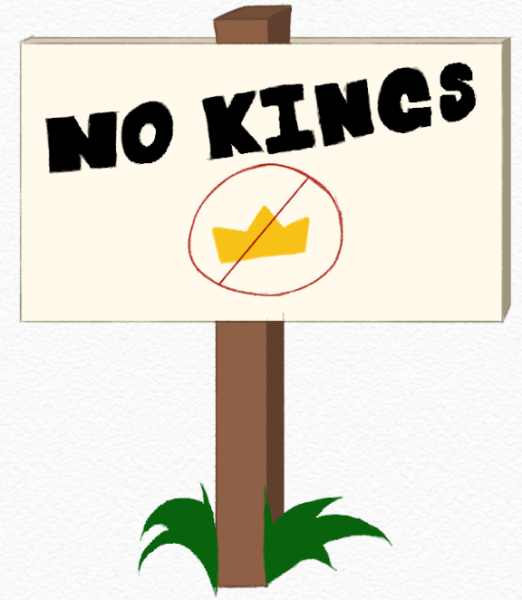City Decides on Its Decidious Population
Cruising down Baseline, take notice of the beautiful, diverse urban forest and appreciate the canopy it provides, because the trees that have defined Claremont since the early 19th century are facing extinction like never before. Even though the City of Trees has claimed its rank as number one in water conservation throughout the region of So Cal, right now, Claremont is struggling to maintain that title as the city is desperate to save the 1,600 trees affected by the drought. In response to the drought issue, the Claremont City Council has reached a consensus to raise and finance about $250,000 worth of mitigation efforts. Included in the expenses, the city plans to employ full-time arborists to examine and care for the trees.
Staff recommendations also included spending $20,000 to create ‘water bags,’ which slowly and evenly deliver high volumes of water directly to the root system of the trees primarily on the main streets of Claremont. Another $8,000 is given to allow the Inland Urban Forest Group to conduct a citywide assessment of trees at the city parks and allow the groups to distribute $10,250 worth of tree care kits, which include a small shovel, watering pots, and an instruction manual to residence with drought-stressed trees. Furthermore, staff members also plan to use $5,000 to fund additional public outreach efforts. To deal with the 281 dead trees, city council members have set aside $140,00 to uproot and replace the trees. The city has already spent $6,000 on educational materials, including a partnership with Claremont Heritage to create a video and mailer about the drought’s toll on the trees to be shared with Claremont residents.
“As drought conditions become more prolonged, additional resources are needed to maintain the urban forest and the city’s response to the drought,” Assistant City Manager Colin Tudor told the Claremont Courier.
In June, the city reduced water usage by nearly 42%, a whole 10% more than required through some minor water initiatives, such as limiting the days of yard watering. A few months later, the city went into a Level 2 water shortage, calling for mandatory water restrictions for residents and reducing the park and median watering. Preservationists and residents became concerned that trees were in extreme danger of not surviving in the near future. Since the spring of 2014, staff and arborists have been monitoring the conditions of the city’s urban forest in the context of the worsening drought. Three citywide tree assessments have been done so far, and the city has developed a public outreach program. Of this public
outreach, Claremont has called upon 1,800 homeowners with city trees in need of care. The latest report by a consultant determined that 1,600 trees had some degree of stress from the drought and another 150 were declared dead and marked to be uprooted.
“On our property, we have 50-year-old pine trees. Due to their size and age, of the roots of the trees reach deep enough to not require a lot of water. We are lucky to be able to keep our trees healthy during this drought,” CHS junior Lenny Davis said.
Without proper maintenance and restoration, the urban forest of Claremont’s present may become a part of its past. This profound threat to the city’s history has called together the leaders of the city, as well as the residents, to save the City of Trees one drop at a time.
Hello there! Our goal is to provide relavent, engaging journalism for readers of all ages. Your donation will support the student journalists of the Wolfpacket at Claremont High School, and will allow us to purchase equipment, print our monthly issues, and enter in journalism competitions. We appreciate your consideration!




